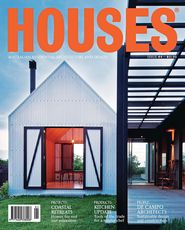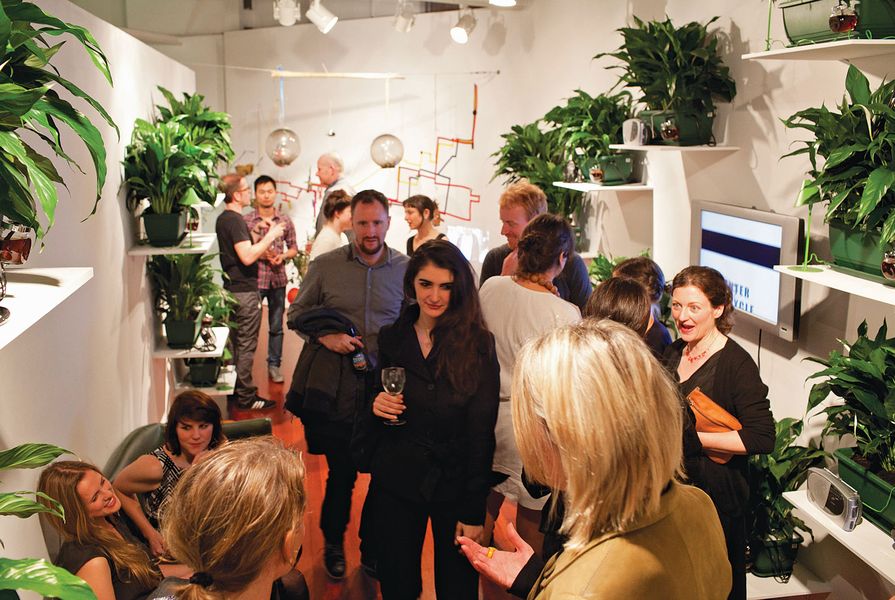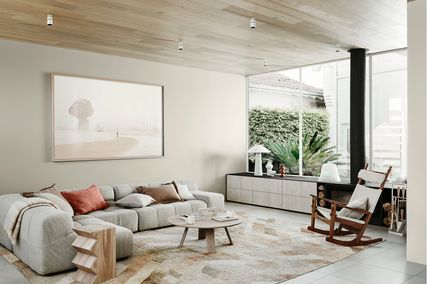We all know we should drive the car less and recycle our rubbish more. But, as individuals, how far can we actually move towards the goal of sustainability and greening our planet? A new exhibition at Object Gallery in Sydney challenges visitors to think in new ways. “While there are some people who are very diligent and thorough in the way that they follow through on their political ideals in their everyday life, I do think that for many of us there is a gap, especially when it comes to the environment,” explains curator Margaret Farmer. Try This at Home includes work by artists, designers and collectives from Australia, Denmark and the UK, whose work is on display in the gallery and is also supported by an online presence that asks visitors to share their own experiences.
Natural Fuse by Usman Haque of Haque Design and Research.
Image: Courtesy of the artist.
In the gallery space, the walls are lined with pot plants that have small lights, fans or radios attached to them. This project, called Natural Fuse, is by UK-based Usman Haque of Haque Design and Research. The idea is to physically emphasize how much CO2 is created by the use of electricity, and to look at how much CO2 can be absorbed by a leafy plant. The contraption only allows a limited amount of energy to be expended in the system – measured by how much the plant can absorb. If you go over the amount, a fatal dose of vinegar will be administered to the plant.
In the centre of the room, an old exercise bicycle is hooked up to a screen – you can only watch the video by getting on the bike and pedalling. Called the Bike-Power Home Cinema, it was created by Magnificent Revolution Australia, a social enterprise established to deliver pedal power to events, and Jessica Coughlan, a Newcastle-based installation artist. The video is of the Co2penhagen Festival – the first art and music festival in the world to create its own energy with no CO2 emitted. Using a Stirling engine powered by organic matter, among other methods, the festival not only created all the energy required to run itself, but ended up with one megawatt hour more than was used.
Six Jars by Makeshift.
Image: Jamie Williams
Bringing the exhibition back to the (extremely) local is Six Jars, a project by Sydney-based duo Tessa Zettel and Chay-Ya Clancy of Makeshift. Participants become part of a network of six people – each week, everyone makes a batch of food, fills the jars and swaps them. It’s an ethic of social sharing, of keeping things local. But this shift towards the local – closely related to the slow movement – is not really new. Farmer explains: “For parents of the baby boomers, most food was slow and local. These practices have found new resonance as we’ve found out the hidden environmental, health and social costs of convenience.”
Anything that makes us think about the impact our way of life is having on the environment is a good thing. This exhibition takes things one step further by making us question our own individual roles and by giving us a design-led call to action.
Try This At Home was on display at the Object Gallery in Sydney from 8 October 2011 to 8 January 2012.
Source

Discussion
Published online: 2 Feb 2012
Words:
Penny Craswell
Images:
Courtesy of the artist.,
Jamie Williams
Issue
Houses, February 2012





















